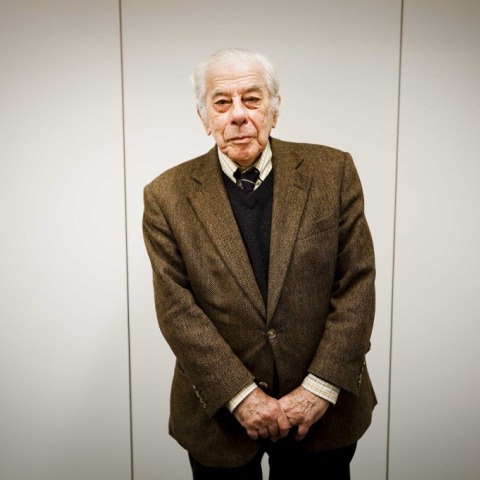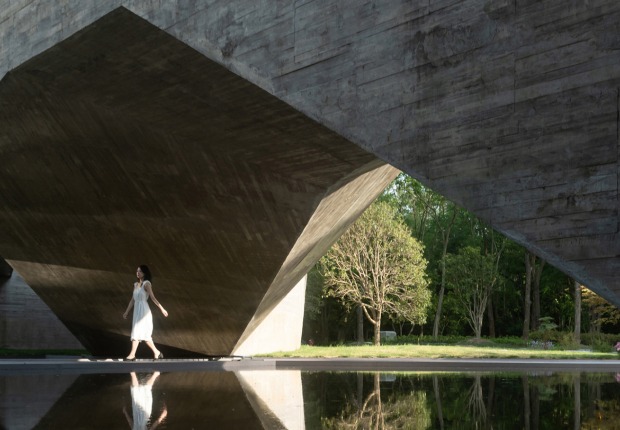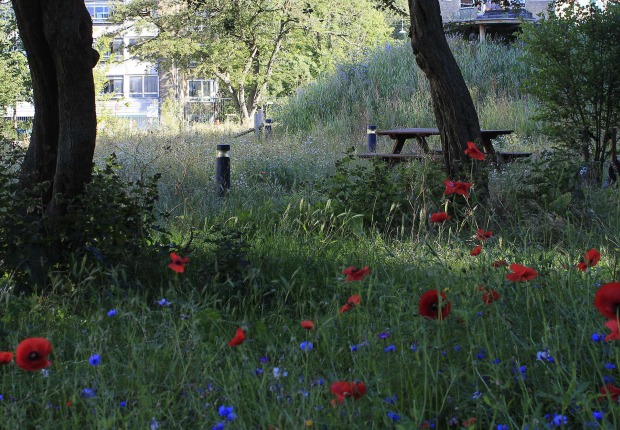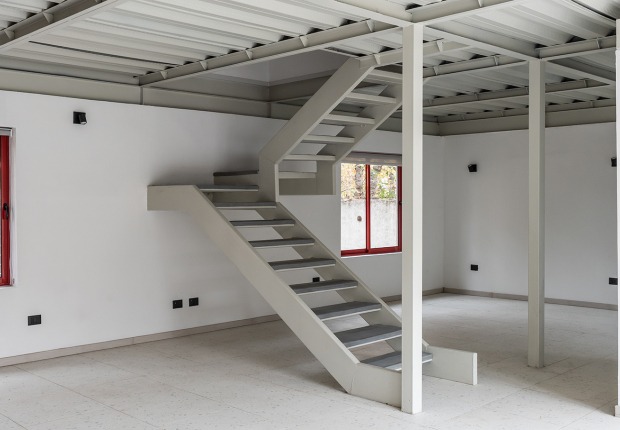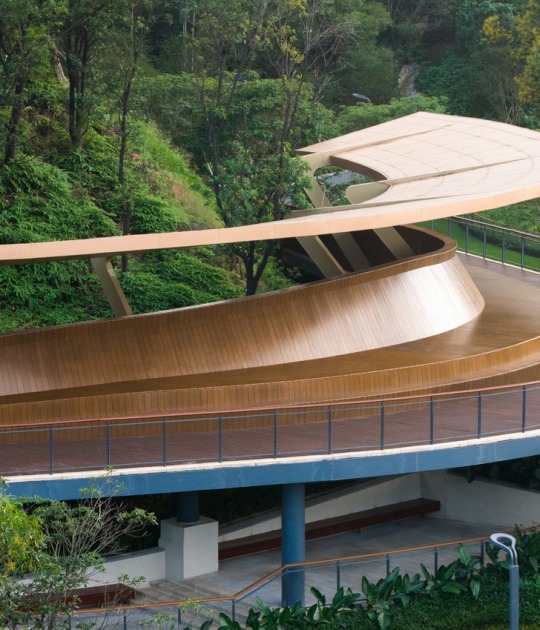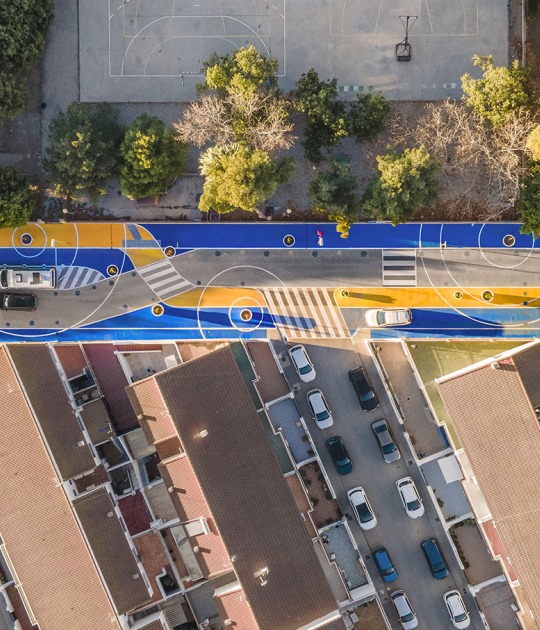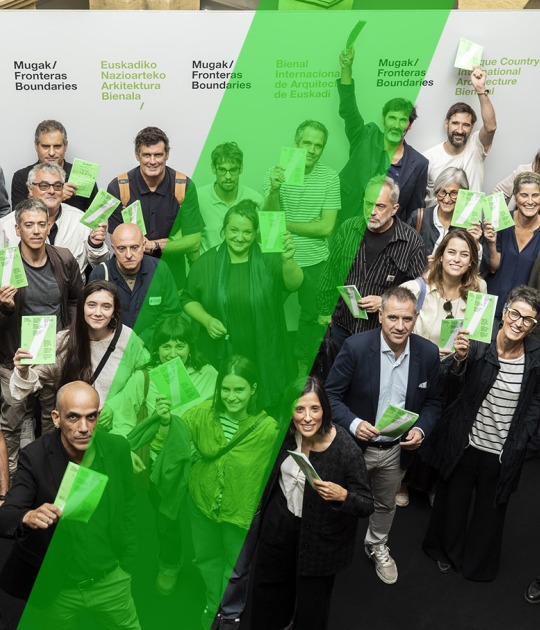RIBEIRO TELLES
Quinta of Marquês de Pombal - The Garden of the Calouste Gulbenkian Foundation.
By.- JAVIER MADERUELO. Full text.- METALOCUS - 024. Madrid, 2009. Pp. 144-155.
Anyone who travels to Portugal with open eyes, is able to appreciate the quality of not only the spontaneous, anonymous landscape, the cultivated lands and the cattle estates, but also the work of their landscape architects, which can be seen in the new parks and gardens as well as in the treatment of coastal areas and the urban image of their cities, which have a very strong character and an enviable visual coherence. (.../...)
One of Cabral's first students was Gonçalo Ribeiro Telles, founder of the Degree in Landscape Architecture at the University of Evora, creator of many projects and gardens, as well as the teacher of at least two generations of landscape architects that are now building the image of cities like Lisbon.
Ribeiro Telles' work will be shaped by two circumstances: his knowledge of the agricultural structure of Portugal, more specifically of the operation of the "quintas" (country estates) as family units of production, and the experience of collaborating with the urban planners and architects that planned the new working class neighborhoods in Lisbon, like area 8 in Alvalade (1953), D. Rodrigo da Cunha Avenue (1953-1954) and Estados Unidos Avenue (1957-58).
In order to bring the reader closer to the work of Ribeiro Telles I am not going to present a list of his extensive landscape production or of his successful gardens. I am only going to present two works of his that in my opinion, for different reasons, are typical examples.
The first is his work on the "Quinta of Marquês de Pombal in Oeiras", (.../...)
Today this quinta is very irregular and blocked in due to the buildings that surround it. Ribeiro Telles brings decidedly modern ideas and compositions to this historical site, while respecting the existing elements and accentuating the routes and open areas with very current but respectful changes, structures and plants so that the original elements stand out.
The theme of this quinta is water. A small river crosses the property, dividing it in two. Irrigation channels, springs and ponds flow out from the river giving life to the place. The landscape treatment that Ribeiro Telles uses in this historical quinta it is an example of interpretation in contrast with the stiff reconstructions that result from the use of ´restoration´ recipes, apparently faithful to the past, but when used without adding other elements lose their ability to excite the visitor.
(.../...) Ribeiro Telles, on the other hand, doesn't believe that we can talk about a 'Portuguese garden' with its own forms or formulas different from those of other countries. Nevertheless, there is something clearly different about the way of designing gardens in Portugal as can be seen in the Marqués de Pombal's quinta, which is not merely a result of the climate or the soil, nor does it consist of copying designs from other countries. (.../...)
The second example, the garden of the Calouste Gulbenkian Foundation, represents the most important and exemplary project carried out in Lisbon. It occupies a seven acre plot of land that was part of the former Palhera quinta, later transformed into the Santa Gertrudes Park. It had a conventional design without any real interest, and had been swallowed up by the growth of the city. (.../...) The garden that Ribeiro Telles designed, however, transforms this topography by emptying an interior valley to create an artificial lake, located behind the main building, so that the lake can be incorporated into the back of the auditorium stage, like a set of a ballet production or of a symphony orchestra concert.
With the earth excavated to create this serpentine, small hills have been built up that mould the earth to create varied routes between a series of enclosures and open areas. Ribeiro Telles has moved away from the old rectilinear design of Saint Gertrudes Park generating a network of winding walks that are flanked by a wide variety of plants that have been arranged to open and close very evocative spaces.
A pattern of concrete slabs of different sizes marks the path and gives continuity to the routes on ground level, like a dry path or like steps of a staircase, depending on the case. The vegetation forms clumps and walls that define spaces. It's all is a big game of winding walks, with gentle slopes and clearings that allow you to get lost and stop in the garden. (.../...)
Even though water is of great importance here, the central theme of this garden is clearly the relationship between sunlight and shade. Nowadays, it shows all of its splendor and possibilities since the trees and bushes have reached their maximum height and the garden is mature. A walk through the garden takes us through shady zones that open at luminous clearings where the white light of Lisbon sneaks in. The walker can see before his very eyes, the textures of the plants with their shades of color, always dark and surprisingly varied, lit up by occasional rays of sunlight that pierce the thick masses of leaves and bushes.
Years after constructing the garden, Ribeiro Telles installed small ponds in order to increase the brightness of the environment, to offer water to the birds and to create mirrors that multiply the light. These ponds are simple, circular pools of water with precise edges, that provide an almost minimalist contrast with the exuberant, uneven vegetation. It's as if he wanted us to see that all the plants surrounding us have a pleasant appearance, not in themselves, but due to the craftsmanship of the garden that is, incidentally, impeccable.
But, without a doubt, there is something more here: the experience gained by Ribeiro Telles while working with architects and urban planners when they were planning the outlying areas of Lisbon wasn't worthless. In the Gulbenkian Foundation, the buildings, made of large quantities of solid concrete and sleek, modern geometric lines, dialogue with the garden, or, expressing it another way, the landscape architects Ribeiro Talles and Viana Barrero (collaborator in the garden) and the architects who created the construction project, Alberto Pessoa, Pedro Cid y Ruy d´Athouguia, had to dialogue and work together so that the lake and the artificial slope that surrounds it with its different plants and slender trees formed part of the theatre stage. Furthermore, the garden had to be extended throughout the yards, roofs and terraces in order to accommodate plants, so that the vegetation is an extension of the foyer of the auditorium or so that it visually enters the space of the library. (.../...)
Just as Robert Burle Marx was able to find in Brazil the type of the garden that could accompany the architecture of the modern movement, Ribeiro Telles was able in Lisbon to distil a model of the contemporary garden that responds to the urban and cultural needs of today's society.
The IFLA Sir Geoffrey Jellicoe Award is the highest honour that the International Federation of Landscape Architects can bestow upon a landscape architect. The Award recognises a living landscape architect whose lifetime achievements and contributions have had a unique and lasting impact on the welfare of society and the environment and on the promotion of the profession of landscape architecture.The award is bestowed annually on an individual whose work and achievements merit this recognition.
Sir Geoffrey Jellicoe: 1900-1996
The award commemorates the outstanding contributions to IFLA of the President of Honour Sir Geoffrey Jellicoe of Great Britain who served IFLA as founding President from 1948-1954. Sir Geoffrey Jellicoe was a leading landscape architect with a career spanning almost seventy years. Born in 1900, he was a trained architect, town planner, landscape architect and garden designer, but his prime interest was in landscape and garden design. Jellicoe's rich career enabled the creation of many inspiring projects, from Cheddar Gorge to the Kennedy Memorial at Runneymede, thought to be one of his greatest works. He was a founding member (1929) and then President of the British Institute of Landscape Architects (the ILA - now the LI) and was knighted for services to landscape architecture in 1979. In 1994, he was awarded the Royal Horticultural Society's highest honour, the Victoria Medal of Honour.
